 Plant Nature Study II
Plant Nature Study II
Plant Nature Study II
Plant Nature Study II

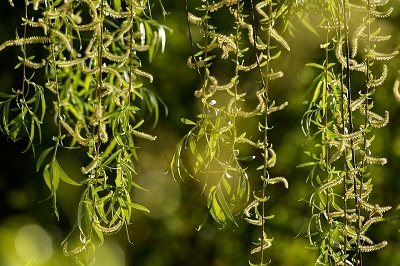
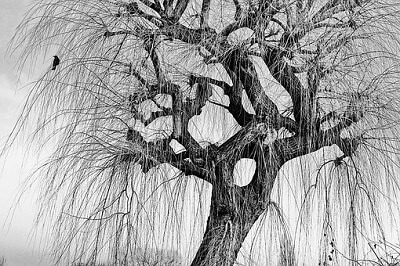
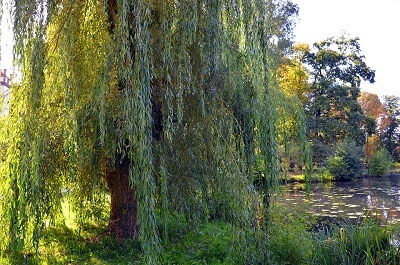
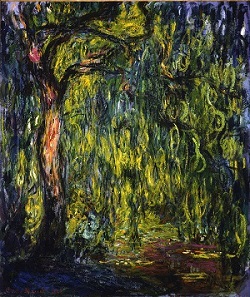
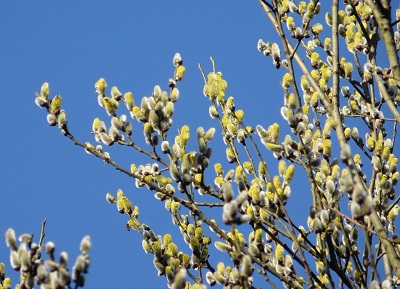
 Plant Nature Study II
Plant Nature Study II
Plant Nature Study II
Plant Nature Study II

Study the lesson for one week.
Over the week:
The weeping willow grows catkins for reproduction.
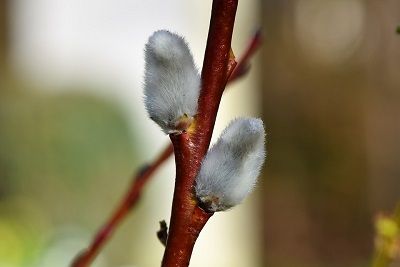
Catkins may be either male or female.
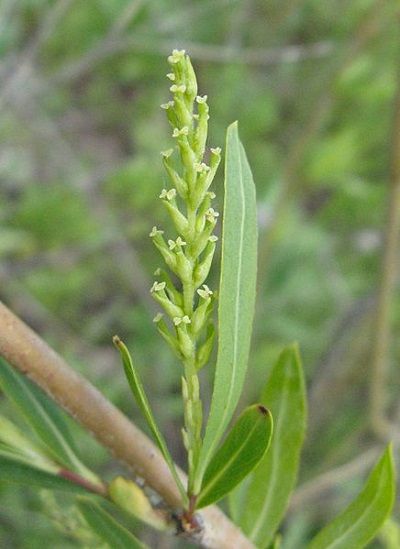
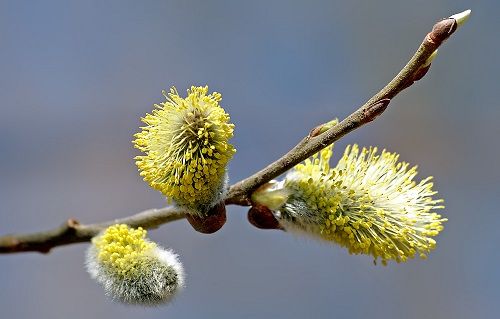
Wind pollinates a majority of catkins, but insects pollinate a small group of others.
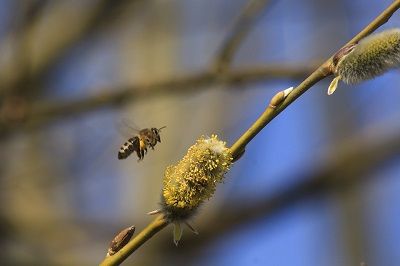
Activity 1: Narrate the Lesson
Activity 2: Study the Lesson Pictures
Activity 3: Take a Nature Walk
Activity 4: Complete a Field Book Entry

After your nature walk, complete page 51 in 'Science Field Book for Fourth Grade.'